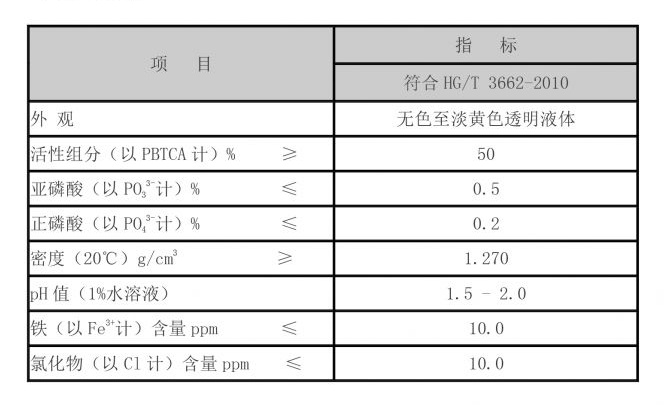flocculant chemicals for water treatment
Flocculant Chemicals for Water Treatment A Comprehensive Overview
Water is a vital resource for life, and its quality significantly impacts both human health and the environment. With increasing population and industrial development, the demand for clean water is higher than ever. One of the essential processes in water treatment is flocculation, which utilizes flocculant chemicals to facilitate the removal of suspended particles from water. This article explores the significance, types, and applications of flocculant chemicals in water treatment.
Flocculation is a process characterized by the agglomeration of fine particles in a liquid to form larger aggregates, known as flocs. These flocs can then be easily removed through sedimentation or filtration. The flocculation process is crucial in various water treatment scenarios, including drinking water purification, wastewater treatment, and industrial effluent management. The use of flocculant chemicals is instrumental in enhancing the efficiency of this process.
Flocculant chemicals can be broadly categorized into two types organic and inorganic. Organic flocculants are typically synthetic polymers that are highly effective in forming flocs. Common examples include polyacrylamide and its derivatives, which are favored for their ability to function in a wide range of pH levels and their potential to optimize the settling rate of suspended solids.
In contrast, inorganic flocculants, such as alum (aluminum sulfate), ferric chloride, and aluminum chlorohydrate, have been used for many years due to their efficiency in destabilizing colloidal particles. These substances work by neutralizing the charge on suspended particles, allowing them to cluster together and form larger flakes. While inorganic flocculants are effective, they may introduce additional chemical residues into the treated water, raising concerns about their long-term impact on health and the environment.
flocculant chemicals for water treatment

One of the critical advantages of using flocculant chemicals is the significant reduction in treatment time. Conventional processes, like sedimentation, can be time-consuming, often requiring hours for effective settling. Flocculants hasten this process, transforming it from a matter of hours into mere minutes. This accelerated treatment not only saves time but also reduces the size and cost of treatment facilities.
Flocculant application is widespread across various fields. In municipal drinking water treatment plants, flocculants help in the removal of turbidity, pathogens, and organic matter, ensuring safe and potable water for communities. Similarly, in industrial settings, flocculants are employed in the treatment of wastewater to remove contaminants before the effluent is released into the environment. Additionally, in the mining industry, flocculants are used to separate valuable minerals from the ore slurries, enhancing resource recovery and minimizing environmental impact.
Importantly, the selection of an appropriate flocculant depends on several factors, including the characteristics of the water being treated, the specific contaminants present, and the desired quality of the final product
. Conducting jar tests is a common practice in which various flocculants are tested to determine their effectiveness before full-scale application.Despite their benefits, the use of flocculant chemicals also poses challenges. Overdosing can lead to the formation of too large flocs that are difficult to separate, while underdosing may result in ineffective treatment. Furthermore, environmental concerns about the residual chemicals and their impact on aquatic ecosystems underline the need for ongoing research and innovation in flocculant development.
In conclusion, flocculant chemicals play a crucial role in modern water treatment processes, enhancing efficiency and effectiveness. As water scarcity becomes a global concern, the use of these chemicals is likely to expand, driving the need for environmentally friendly and sustainable solutions. Ongoing advancements in chemical formulation and application methods will further optimize their use, contributing to cleaner water and a healthier planet.
-
Water Treatment with Flocculant Water TreatmentNewsJun.12,2025
-
Polymaleic AnhydrideNewsJun.12,2025
-
Polyaspartic AcidNewsJun.12,2025
-
Enhance Industrial Processes with IsothiazolinonesNewsJun.12,2025
-
Enhance Industrial Processes with PBTCA SolutionsNewsJun.12,2025
-
Dodecyldimethylbenzylammonium Chloride SolutionsNewsJun.12,2025





